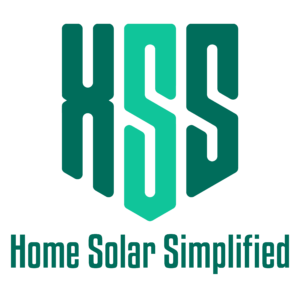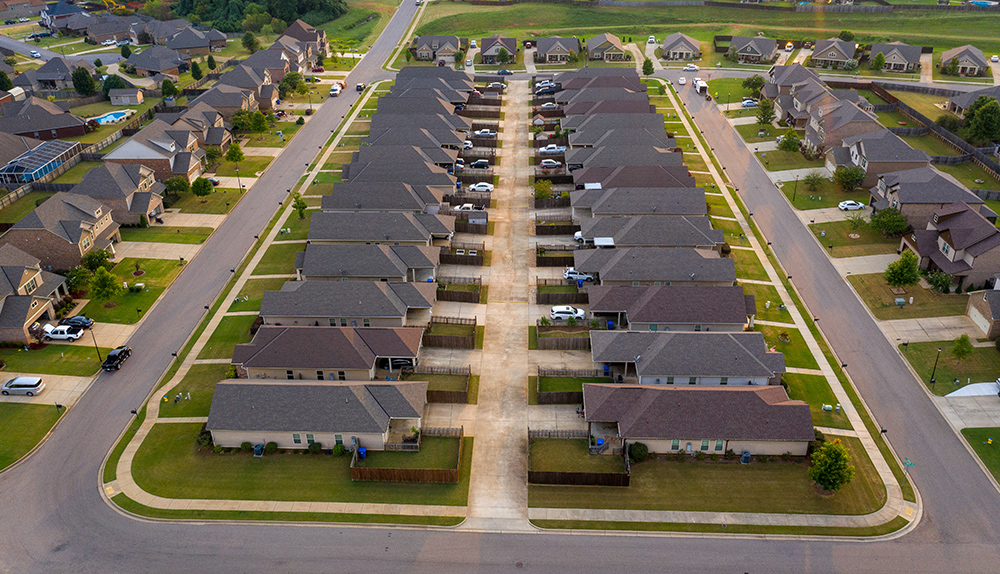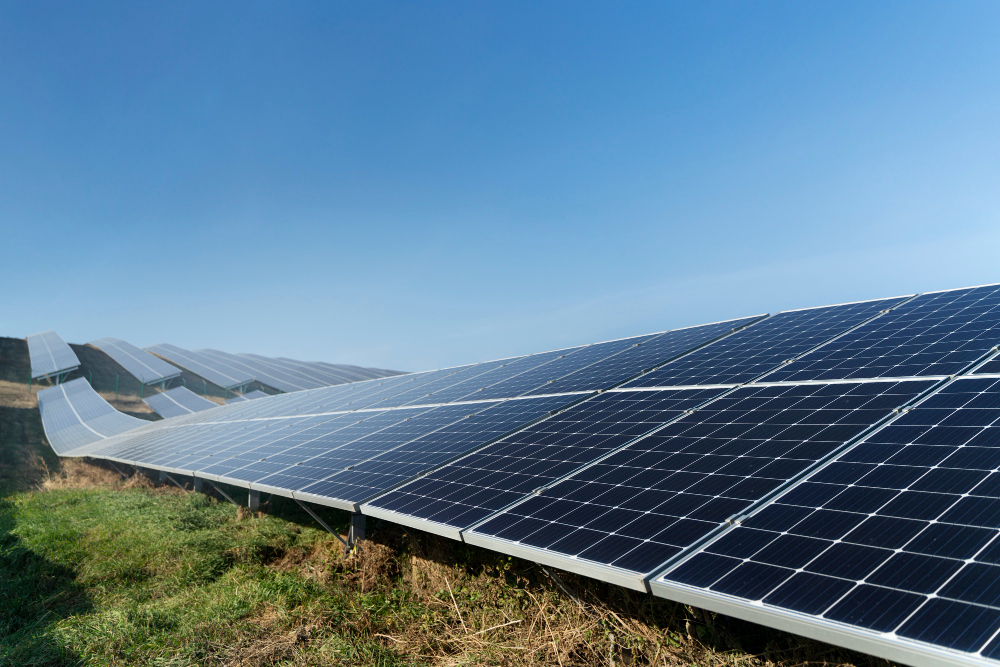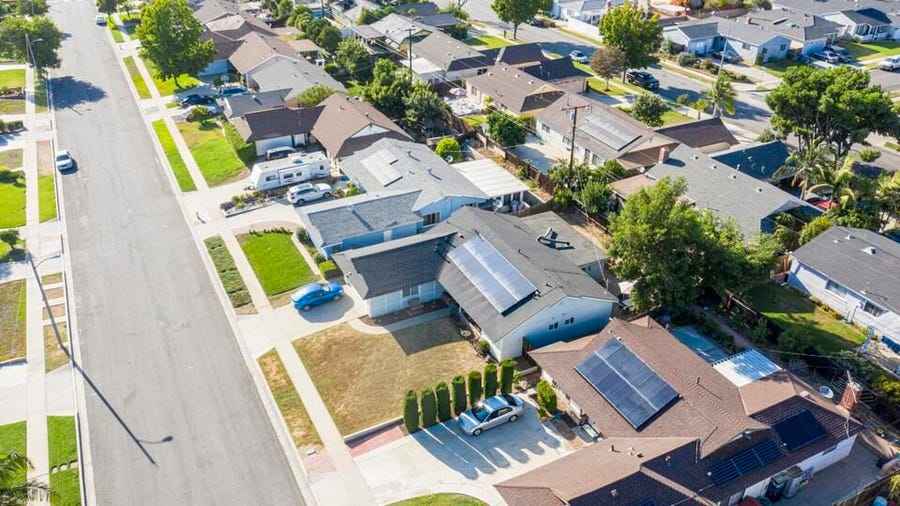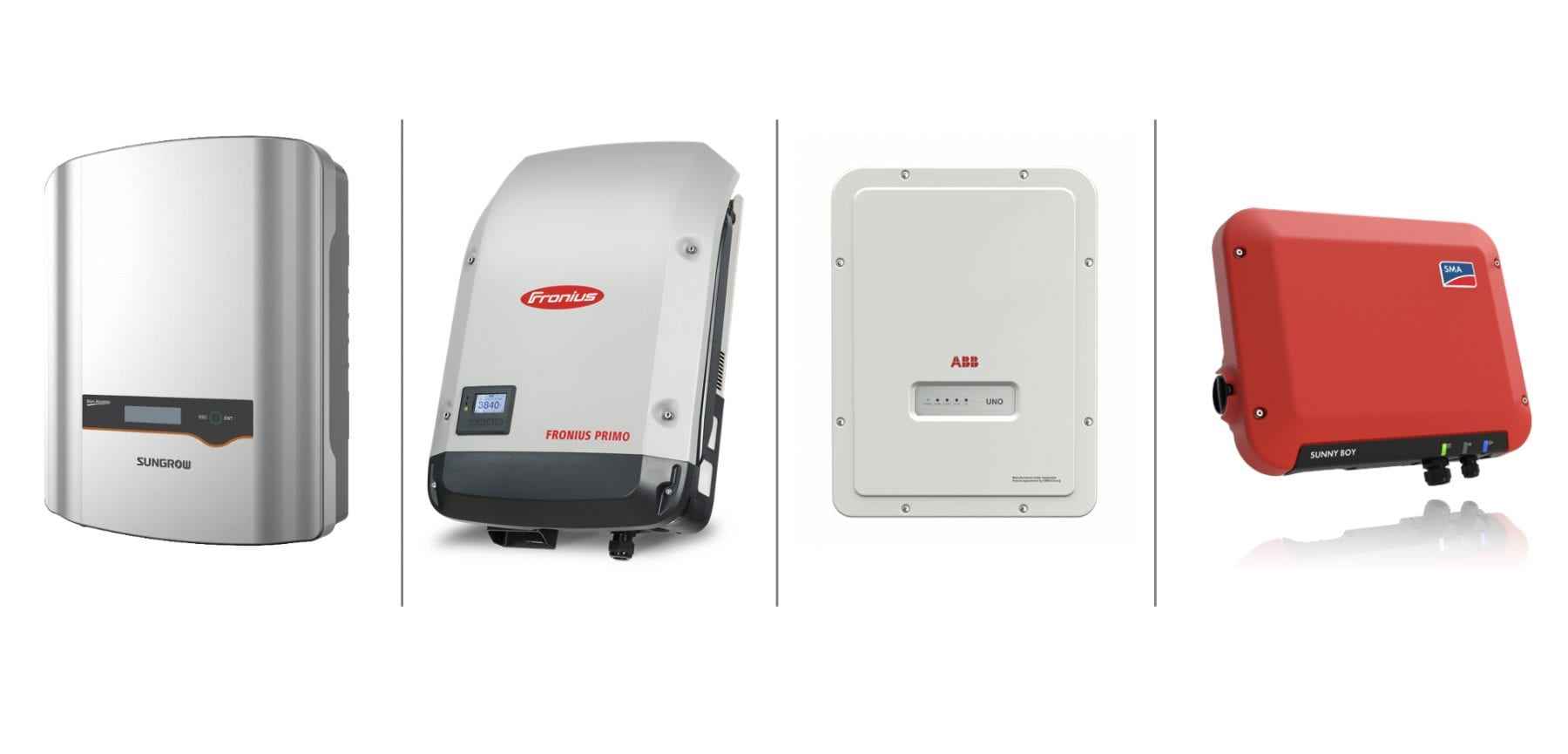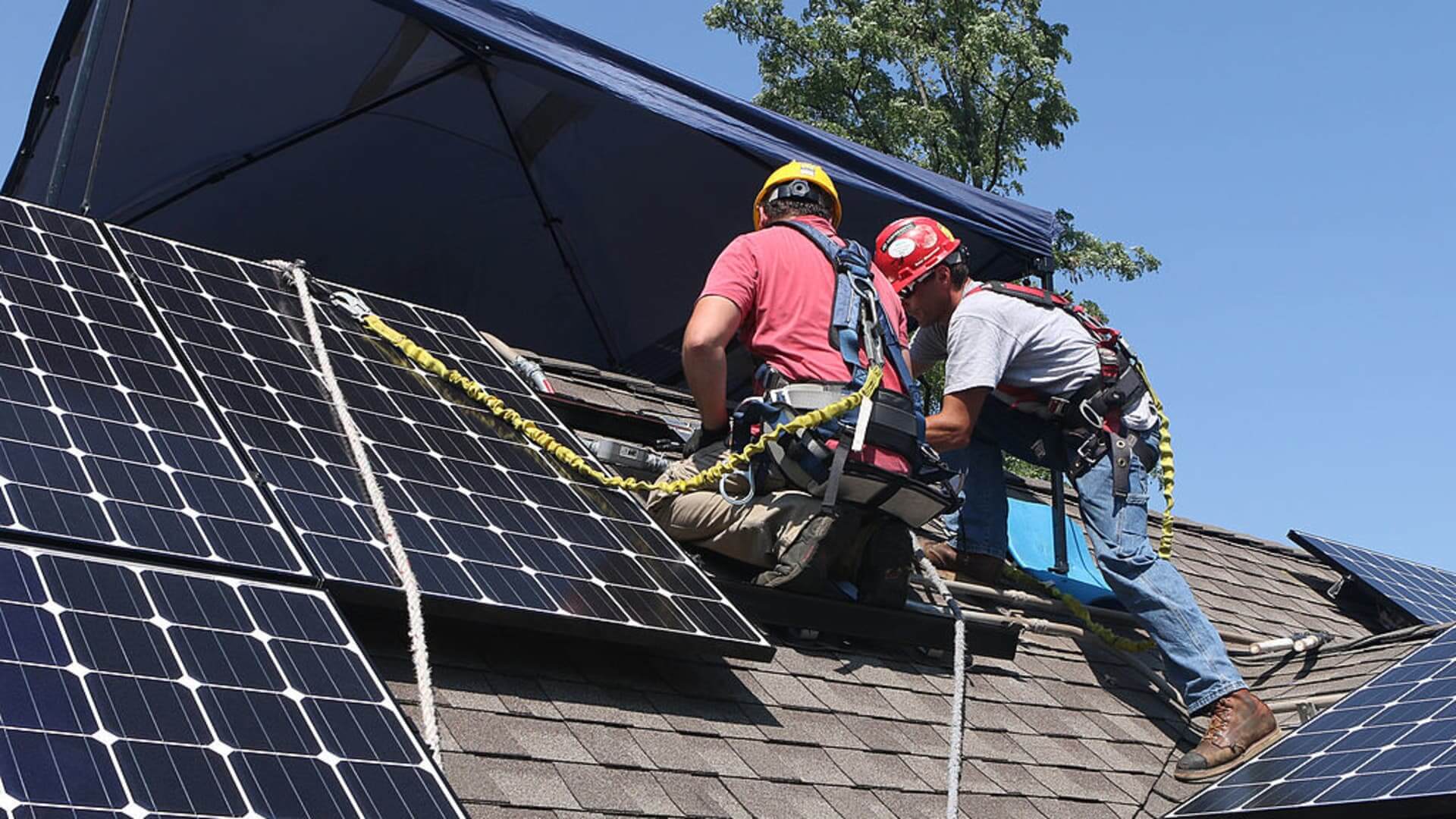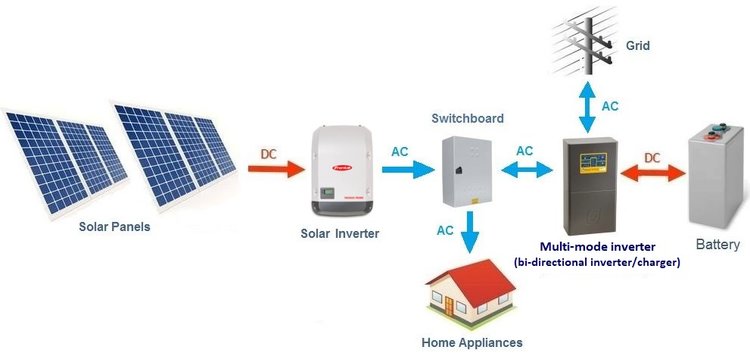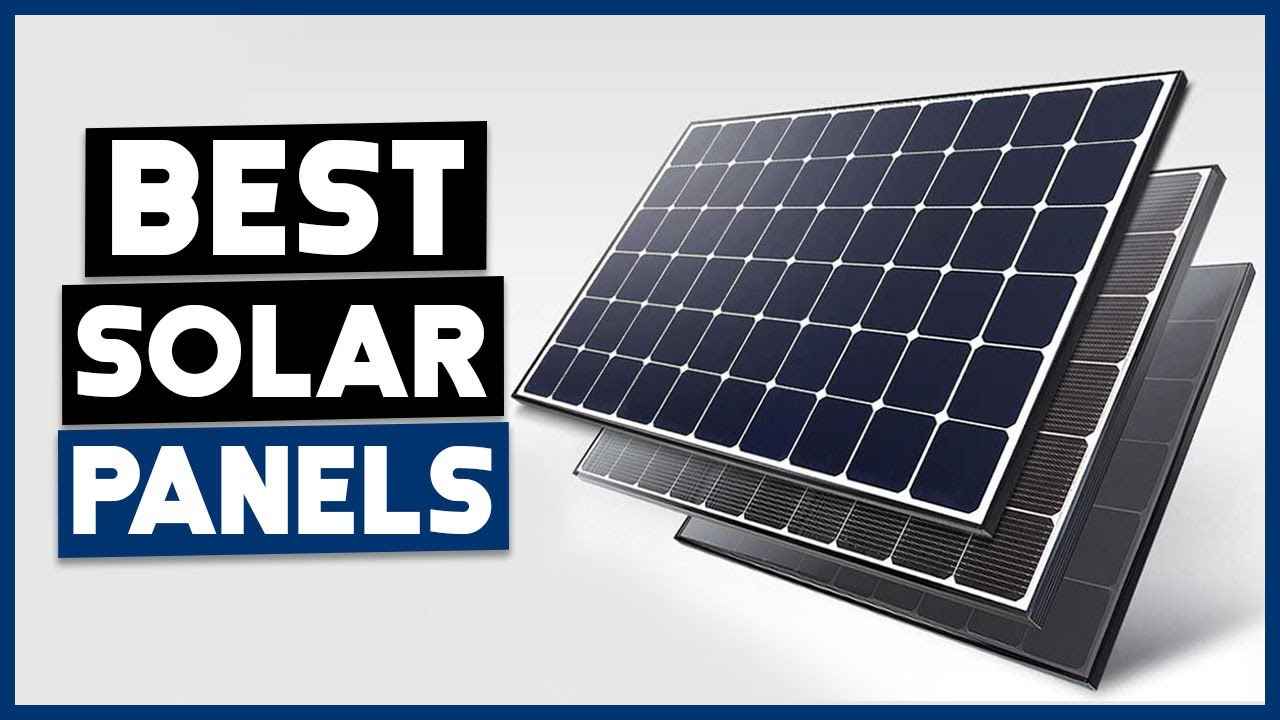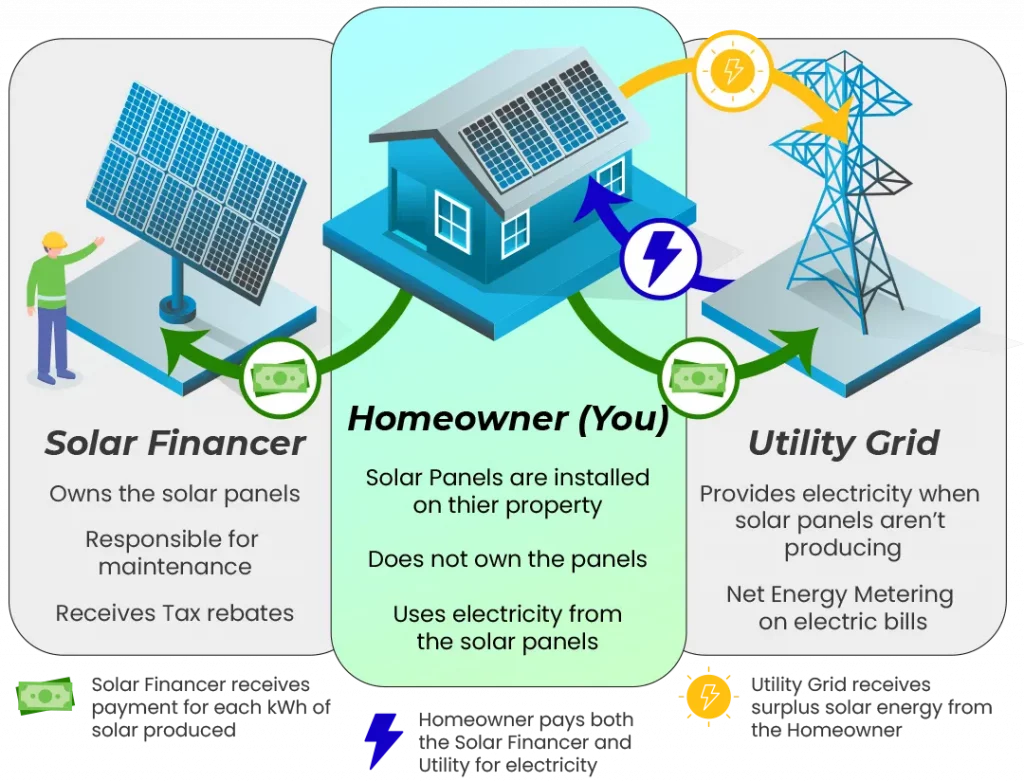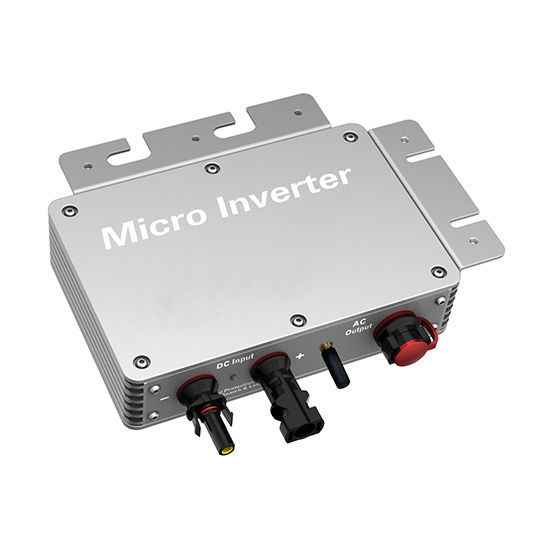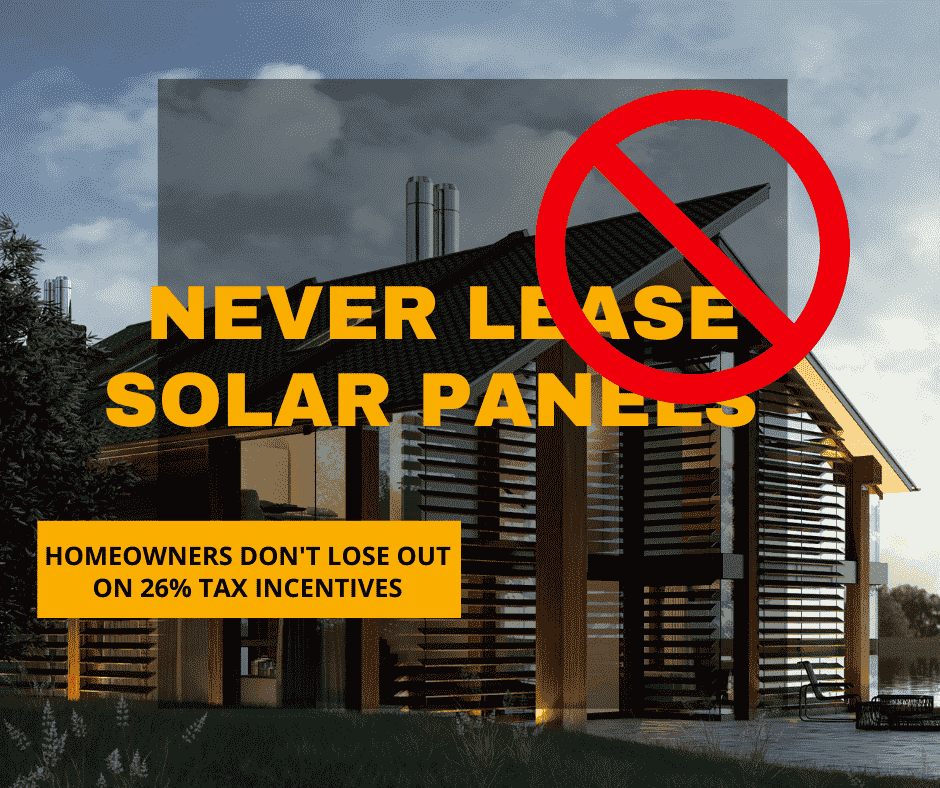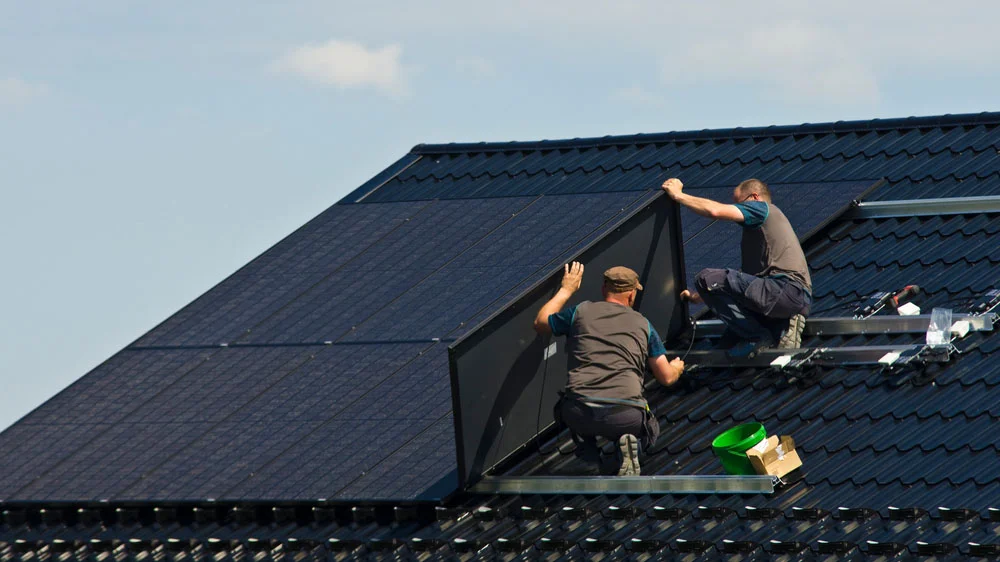
Assessing Solar Array Feasibility: Rooftop or Ground Mount Placement
Determining the suitability of installing a solar array either on a customer’s rooftop or as a ground-mounted system on their premises holds immense significance when determining eligibility. Proficiency in accurately sizing solar systems is a critical skill in efficiently evaluating a home’s viability during the application process. This expertise enables swift identification of qualifying residences and offers insights into why certain roofs might not be suitable for solar installations, particularly considering setback regulations and the homeowner’s energy consumption patterns.
Customizing Solar System Size to Match Electricity Consumption
The size of a solar system is intricately tied to the homeowner’s electricity usage.
Even homes with identical dimensions can exhibit varying electricity consumption, necessitating distinct system sizes.
Prominent energy-intensive appliances in households encompass air conditioning units, electric heaters, swimming pools, and additional heating mechanisms.
Strategizing Energy Goals
Are you aiming to completely eliminate your monthly electric bill (excluding essential utility charges), or is your objective to significantly reduce it?
The solar system’s size hinges on the amount of electricity you intend to generate.
Analyzing Historical Electricity Usage
Electricity consumption across the United States varies from state to state, and your personal needs might significantly differ from either your state’s average or your neighbors’ usage.
On average, Americans consume approximately 10,812 kilowatt-hours (kWh) of electricity each year.
For instance, in Hawaii, where electricity costs are higher, the average usage is around 6,000 kWh per year, the lowest average. In contrast, in Louisiana, the average electricity consumption is much higher, at about 15,000 kWh per year.
Matching Solar Panels to Electricity Needs
If your electricity usage is close to the U.S. average of around 900 kWh per month (approximately 30 kWh per day), a small number of solar panels won’t suffice to cover all your energy needs.
To delve deeper, a standard solar panel typically generates around 355 Watts of power output.
By multiplying this wattage by the number of peak sun hours (let’s assume five hours for this example, but consult your location’s solar radiation map for precise data), you can calculate the total kilowatt-hours of DC production a panel generates.
In this scenario, that amounts to 1,750 watts per day. To fulfill your daily requirement of 30 kWh, you would need roughly 18 panels operating at 100% efficiency.
Adjusting for Efficiency and Conversion Losses
Considering the conversion from DC (panel-generated power) to AC (your home’s power), which incurs a loss of 20% to 25% in power generation, it’s prudent to slightly increase the system size.
For a setup with 350-watt panels, this adjustment would translate to requiring approximately 22 to 24 solar panels.
Opting for Premium Solar Panels
Several top-tier panels offer enhanced efficiency, often performing well even under overcast conditions. Certain panels even exceed 400 Watts in size.
While investing in premium panels might involve a higher initial expense, the increased power generation will eventually offset the upfront cost.
Homeowners in regions with less-than-optimal weather conditions, especially, stand to gain from the advantages of premium panels.
Crucial Factors in Determining Solar System Eligibility
Incorporating Key Insights for Comprehensive Eligibility Assessment
While evaluating the impact of system size and potential eligibility for a residence, consider the following crucial factors:
- Fire Setbacks and Space Utilization: Evaluate the influence of fire setbacks on available roof space, accounting for obstructions and vents.
- Roof Pitch and Tilt Angle Variations: Assess the impact of roof pitch and tilt angle differences on system positioning.
- Geographical Location and Solar Insolation: Consider your region’s geographic location and solar insolation to gauge energy generation potential.
- Azimuth Orientation: Examine the azimuth orientation to optimize solar panel placement.
Keep in mind that determining system size eligibility is often complex. Several factors can lead to disqualification, even if a home initially seems suitable for solar. If the available space cannot accommodate a financially viable number of solar panels, it might not be a feasible option for the homeowner.
Factors Influencing Solar System Limits
Understanding Maximum Solar System Size: Beyond Rooftop Space and Consumption
The upper limit of a solar system’s size isn’t solely dictated by available rooftop space or energy requirements. Other limitations play a role in defining the maximum size:
- Utility Size Caps: Utilities impose size and consumption offset limits. For instance, a residential system might have a size cap of 20kW. Consumption offset caps might restrict customers to 120% of their historical energy usage (kWh).
- Financial Partner Influence: Financial partners set $/Watt Price Caps for solar loans. Other partners offering PPA and solar lease options may enforce consumption limits, allowing specific consumption offsets, like 110% of historical energy use.
- Considering Future Energy Needs: Should you anticipate increased energy consumption in the future, existing consumption caps remain relatively inflexible, tied to historical energy use. Proposing a system that accommodates future expansion, such as systems with microinverters, is an optimal approach.
Factors Affecting Solar Eligibility: Beyond Roof Considerations
Solar Ineligibility Due to Building Codes and Roof Ownership
Solar eligibility is not always straightforward. Some homes might fail to meet local building and safety codes, while others might be disqualified due to complexities in roof ownership. Consider the following scenarios:
- Manufactured Homes: Certain homes, like manufactured or mobile homes, might lack prerequisites for solar installation.
- Co-operative Housing: Co-op housing arrangements can pose challenges due to shared ownership structures.
- Multi-family Homes with Roof Ownership Constraints: Ineligible roof ownership rules in multi-family dwellings can hinder solar prospects.
- Properties with Existing Solar Systems: Exceptions might arise from site surveys, but homes with pre-existing solar systems might face limitations.
- Roof Lifespan: Homes with roofs having less than five years of usable life left would require re-roofing before solar installation.
Navigating these intricacies is crucial to determine the feasibility of adopting solar power.
Enabling Solar System Performance and Monitoring
Connecting Your Solar System for Optimal Results
Incorporating Internet Access for Effective Monitoring
In certain cases, internet access plays a pivotal role in the success of your solar system. Here’s how it factors in:
- Power Purchase Agreements (PPA) or Lease Arrangements: Internet access is a prerequisite for PPA or Lease contracts, allowing continuous performance monitoring.
- Cash and Loan Customers: While not mandatory, internet access is highly recommended for customers paying in cash or through a loan. It aids in configuring inverters and monitoring tools, contributing to efficient system oversight.
Maximizing System Potential and Monitoring
To fully leverage your solar system’s benefits and ensure optimal functionality, a stable internet connection is crucial. This connectivity enables real-time monitoring, ensuring your system operates at its highest capacity.
